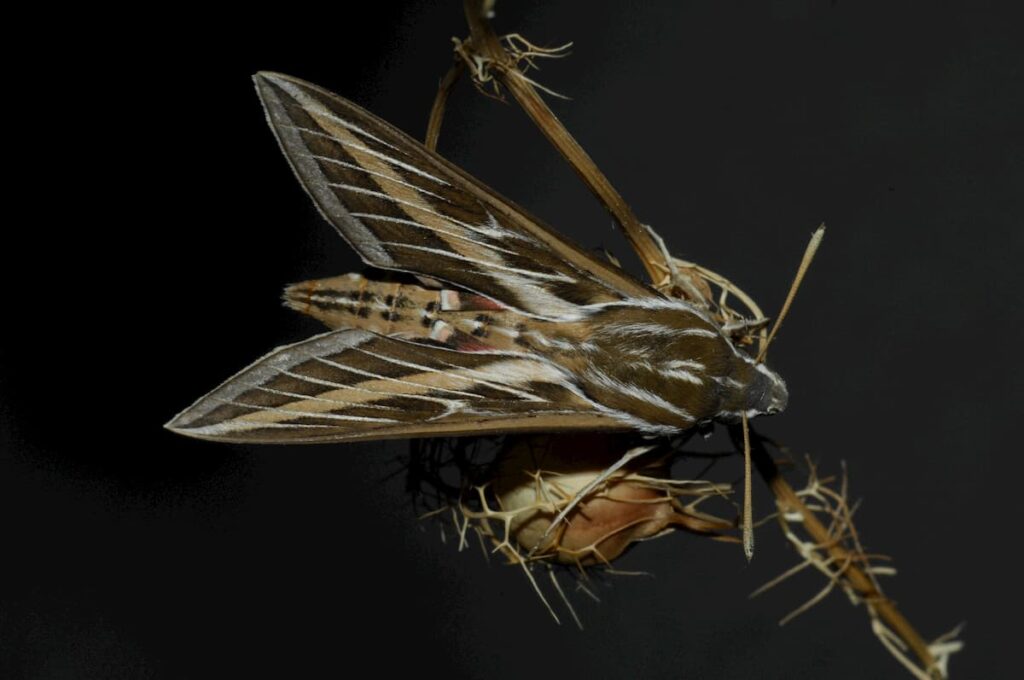
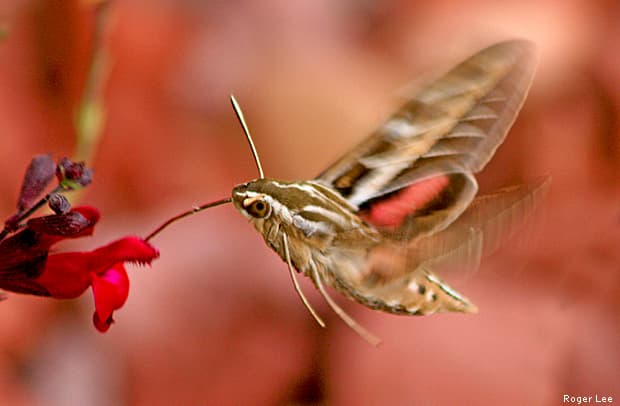
Butterflies may be more popular with people, but their nocturnal cousins are prime pollinators.
Although butterflies are among the world’s best-loved insects, their moth cousins do not fare so well. This may be because they are generally active at night and, because we are diurnal, this makes us uncomfortable. Their fluttering flight, not so different from that of butterflies, can be startling in the dark, and they are frequently drawn to the artificial lights that we install wherever we go, which makes it seem as if they are invading our space. Many moths (especially in the tropics) can be quite large and most are fairly furry, which people seem to find appealing in vertebrates, but not in insects and spiders. According to the Smithsonian Institution, some 160,000 species of moths exist worldwide as compared with 17,500 butterfly species. The last week in July is National Moth Week, an opportunity to learn more about these important insects and the vital role they play in promoting biodiversity.

A recent University College London study suggests that the role moths play in plant biodiversity and habitat health is one that has not been studied very thoroughly because it takes place at night. Researchers found that moths visited many of the same flower species as diurnal pollinators, but a greater number of different types of moth visited the flowers. They also fed on flowers that were not commonly visited by daytime pollinators. As compared with their butterfly cousins, moths have shorter legs and fuzzier bodies. This means that while they feed, they make closer contact with the stamens, which are the male organs of flowers, and carry away pollen on their faces and undersides, as bees do. Like other insects, moths have been negatively impacted by the use of pesticides and habitat loss, but the research indicates that moths are an important back-up for the daytime pollinators that are more familiar to us.

Several species of sphinx moths (family Sphingidae) are common throughout the Los Angeles Basin, including Zoo grounds. These are also known as hummingbird moths because they hover over flowers while they feed on nectar. Probably the most common species is the white-lined sphinx. Like butterflies, many moths rely on particular plant families as hosts for their larvae. As you might guess by its common name, ceanothus silk moth caterpillars feed mainly on species of ceanothus, also known as California lilac, though the plants are not related to European lilac.
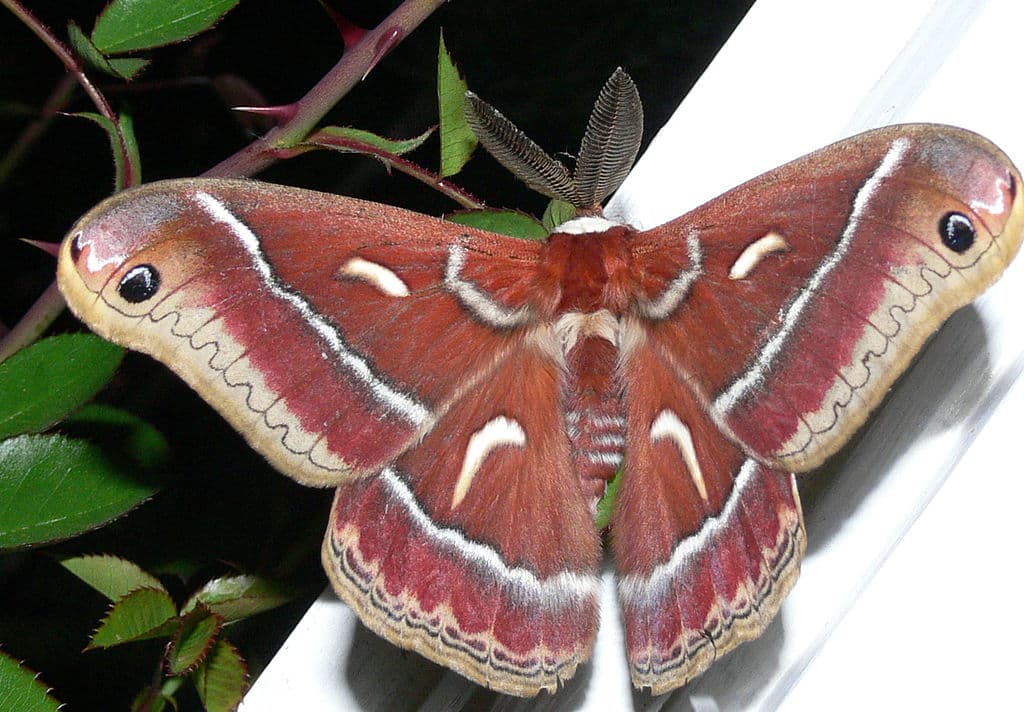
Moth caterpillars (like butterfly caterpillars) are an important food source for birds. Some are considered pests because they consume grains and other crops or they eat household textiles and clothing. The caterpillars of some moth species have stinging hairs and spines that help protect them from predation. But the adult moths are generally harmless. Some have no functional mouthparts because they live only long enough to mate and deposit eggs.
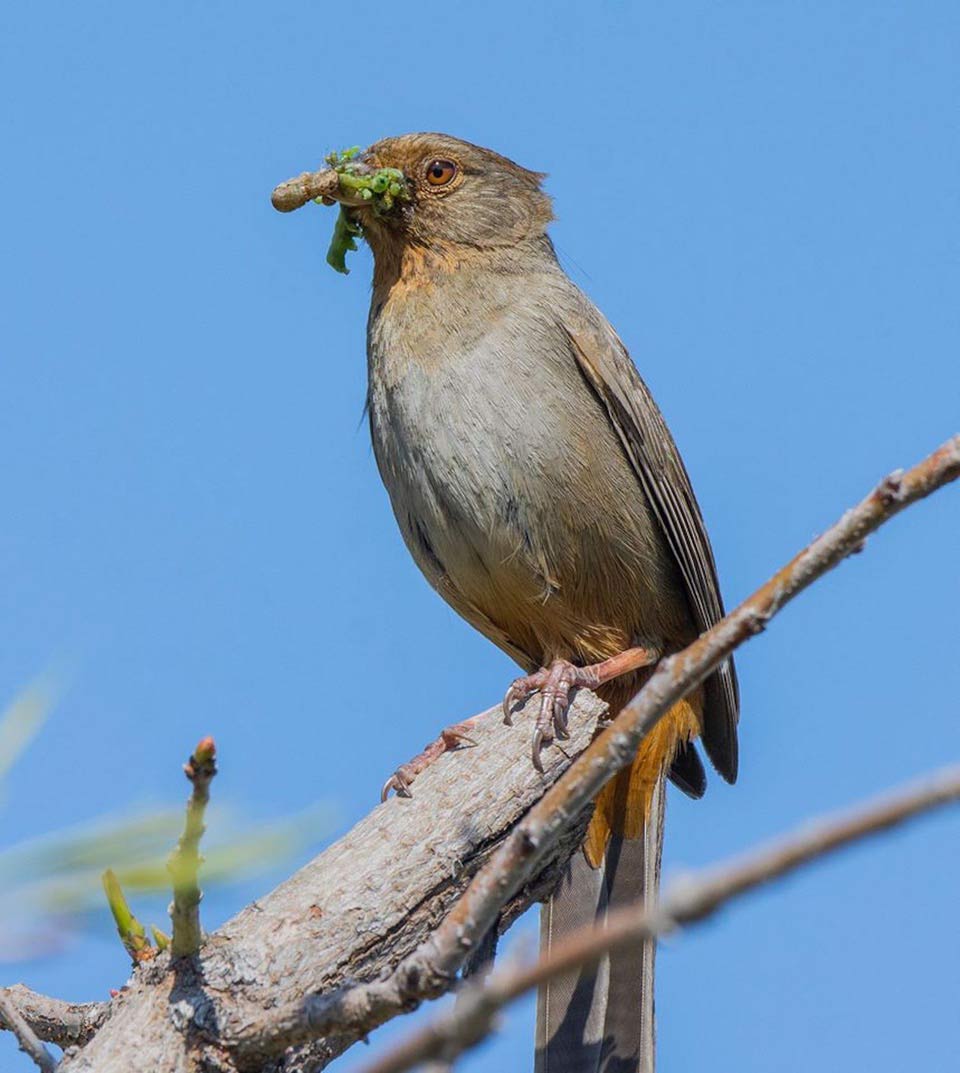
Certain moths have special relationships with specific plants. One of California’s more spectacular native plants, chaparral yucca or our Lord’s candle, is in bloom right now, sending up white fountain-like flower spikes in the surrounding hillsides. Yuccas have evolved a symbiotic relationship with yucca moths (genus Tegeticula). Each yucca species is pollinated by the females of a particular yucca moth species and yucca is the only host plant for yucca moth caterpillars, which eat the seeds and fruit that follow the flowers. Under moonlight, the blooms are luminous, acting as a beacon for yucca moths, and when moonlight is scarce, the delicate scent of the flowers draws the insects. If you are out hiking and come across one of these yuccas in bloom, it is worth taking a moment to stop and smell the yucca—and maybe catching a glimpse of its dedicated pollinator.
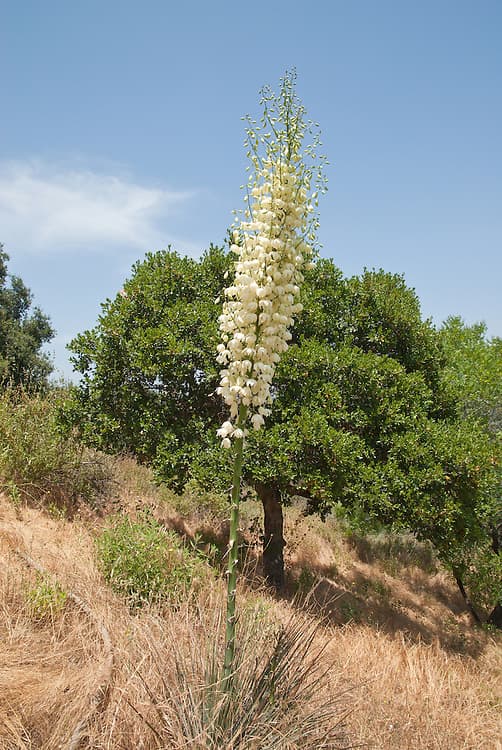

During these warm summer months, if you are out walking during cooler evening hours or in the early morning, be on the lookout for some of the pollinator night shift retiring for the day and take a moment to appreciate them.

